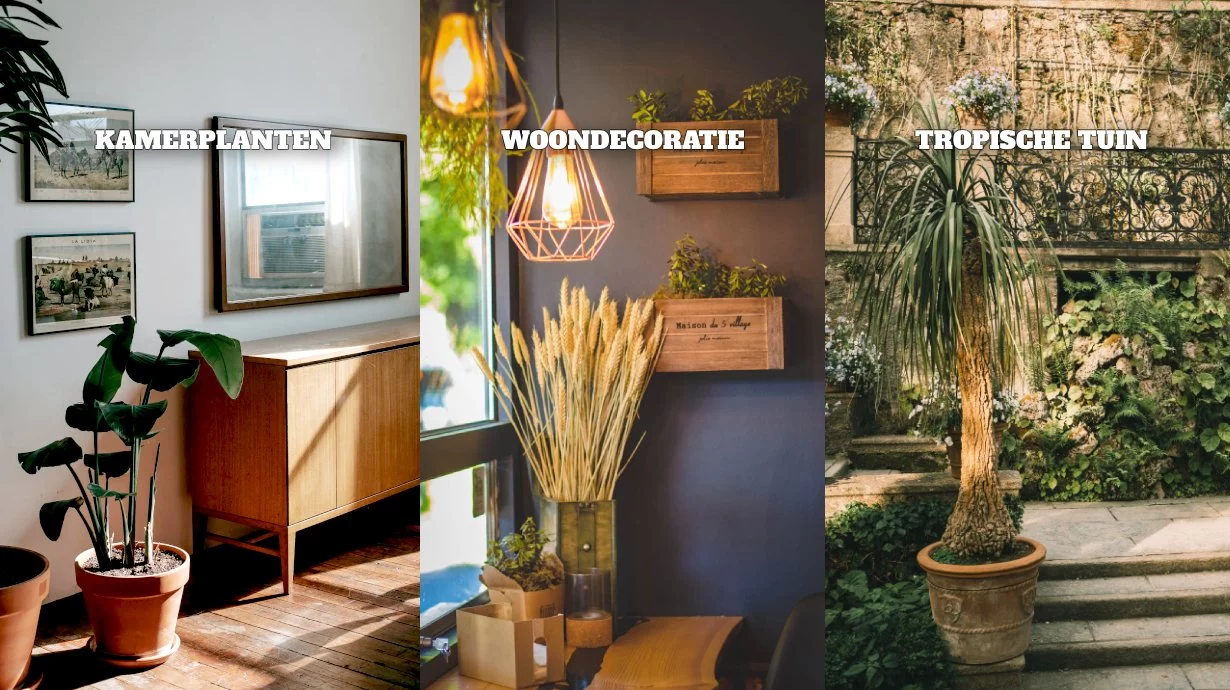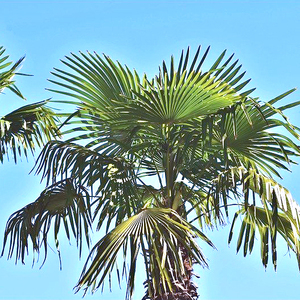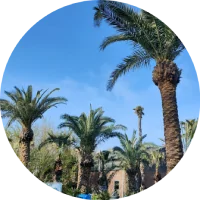BESTSELLERS


Cordyline australis 'Red Star'
Red Cabbage Palm
14,99
49,99


Trachycarpus fortunei
Windmill Palm
29,99
49,99


Olea europea
Olive tree
179,99
299,99


Trachycarpus fortunei
Windmill Palm
99,99
149,99


Cordyline australis 'Red Star'
Red Cabbage Palm
4,99
7,99


Musa basjoo
Japanese Fiber Banana
4,99
8,99


Phoenix canariensis
Canary date palm
9,99
19,99


Phoenix canariensis
Canary date palm
29,99
49,99


Trachycarpus fortunei
Windmill Palm
69,99
99,99


Agave
Agave
39,99
59,99


Yucca rostrata
Palm Lily
29,99
49,99


Musa basjoo
Japanese Fiber Banana
59,99
99,99


Chamaerops humilis
European Dwarf Palm
14,99
29,99


Trachycarpus fortunei
Windmill Palm
85,00
119,99


Jubaea chilensis
Coconut palm
179,99
249,99


Trachycarpus fortunei
Windmill Palm
9,99
14,99


Fatsia japonica
Finger plant
14,99
34,99


Cortaderia selloana 'Pumila'
Wit Pampasgras
4,99
7,99


Cortaderia selloana 'Rosea'
Pink Pampas grass
29,99


Phoenix roebelenii
Dwarf date palm
29,99
49,99


Chamaerops humilis
European Dwarf Palm
19,99
29,99


Festuca glauca 'Intense Blue'
Blue Ornamental Grass
2,99
9,99


Trachycarpus fortunei
Windmill Palm
149,99
199,99


Chamaerops humilis
European Dwarf Palm
49,99
89,99


Fatsia japonica
Finger plant
9,99
14,99


Cortaderia selloana 'Pumila'
Wit Pampasgras
29,99
Discounts


Albizia julibrissin
Persian Sleeping Tree
79,99
149,99


Phoenix canariensis
Canary date palm
9,99
19,99


Chamaerops humilis
European Dwarf Palm
9,99
15,00


Nerium oleander
Oleanderplant
9,99
14,99


Phoenix roebelenii
Dwarf date palm
29,99
49,99

Cupressus macrocarpa 'Goldcrest Wilma'
Room Conifer
9,99


Cortaderia selloana 'Pumila'
Wit Pampasgras
4,99
7,99
Decoration
New


Olea europea
Olive tree
149,99
169,00


4,99
7,99


Agave parrasana
Parras agave
14,99
24,99

Schefflera Compacta
253,97


Agave fourcroides
4,99
9,99


Agave desmetiana
4,99
14,99


Agave Cavanillesii
4,99
9,99


Agave angustifolia
4,99
9,95


Yucca filifera
Palm Lily
149,99
179,99


Yucca filifera
Palm Lily
124,99
149,99


Yucca filifera
Palm Lily
99,95
129,99


















